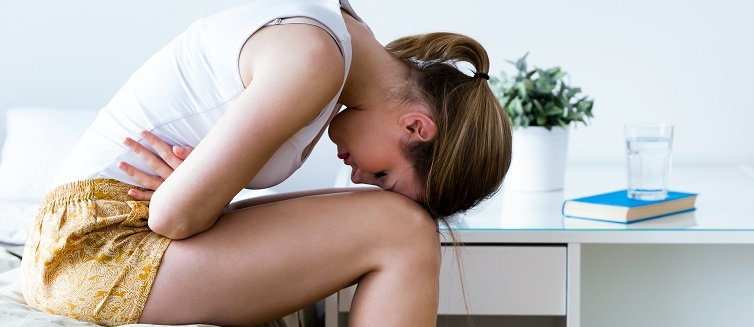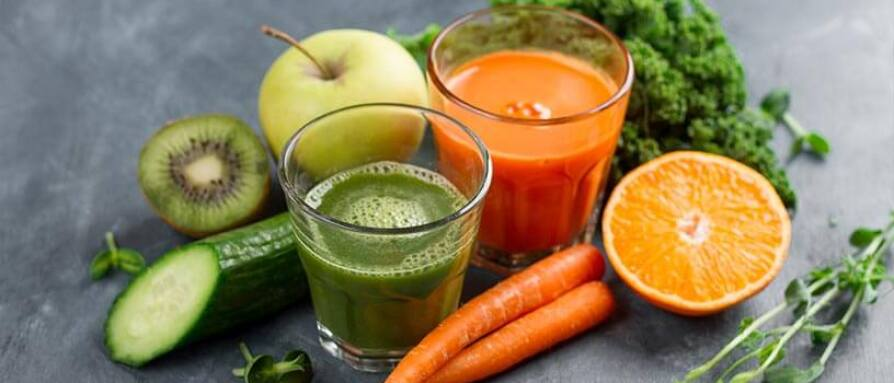Menstrual cramps are a common occurrence among women. They can be mild or severe and can last anywhere from a few hours to a week. There are many causes of menstrual cramps, including:
-Pregnancy
-Anxiety attacks
-Low iron levels in the body
-Hormonal imbalances
-Dysmenorrhea
-Pelvic floor dysfunction
-Chronic pain
-Cervical insufficiency
-Adrenal fatigue
Mild periods usually last a few hours and are characterized by cramps on one side of the abdomen while the other remains pain-free. Moderate periods can last a day or two and can be more severe with cramping.

Benefits of Drinking Juice to Help Menstrual Cramps
If you are suffering from menstrual cramps, it is important to take a break and drink juice. Menstrual cramps can be very painful and debilitating for women during their period. They can also be caused by other conditions such as endometriosis, ovarian cysts, polycystic ovary syndrome, fibroids, and uterine fibroids.
Drinking Juice can help with menstrual cramps because it provides a lot of nutrients that are good for the body during the time of menstruation. It also helps with hydration because it has high water content. And it is a good source of potassium. Juicing, particularly with blueberries, spinach, and cranberries can help reduce cramps and protect against future cramps while also providing antioxidants and fiber.
Papaya has long been known as one of the best fruits to relieve the symptoms of PMS (menstrual cycle) and irregular periods because it has a high concentration of enzymes that help regulate the menstrual cycle. It also has a good amount of vitamin C, vitamin B6, and folic acid, which are all good for the body during periods.
Foods That Can Help Ease Menstrual Pain
Bananas
Many people know that bananas are a good source of potassium, which they need to ease muscle cramps. Bananas will provide you with three out of four nutrients you need, including magnesium and calcium—that’s because they have yellow peel on the outside instead of red.
Sweet Potatoes
Sweet potatoes are a natural superstar fruit when it comes to nutrient content. Pumpkins & regular potatoes are also both good sources of calcium, with their levels being about twice as much as bananas. Potatoes and pumpkins are great because they naturally possess water in them. They’re filling without being overly caloric, so they can help keep you hydrated.
Avocado
These berries are very rich in potassium. They have around 1,000 milligrams or twice that of banana and lotus roots. Potassium helps your muscles work and keeps your heart healthy. Avocado is a great swap for mayo when you’re cutting back on both calories and fat. This can be helpful if you’re trying to keep cramps away as well. Make sure to consider how much of it you’ll be adding before you decide to use it in your salads or sandwiches.
Beans and Lentils
Beans and lentils are packed with magnesium. They contain approximately 71 milligrams of magnesium in a cup of cooked lentils, and black beans contain almost double that of 120 milligrams. Plus, higher-fiber foods are a healthier option. They’re good for your digestive system and can also help alleviate menstruation cramps as well as certain health issues. Recent studies show that they can also reduce “bad” LDL cholesterol levels in the blood.
Melons
Melons are high in potassium and magnesium, which is helpful if you want to get rid of excess sodium when working out. It’s also high in calcium, which helps with bone health and muscle contraction. If you are not properly hydrated, your body will not be as strong as it needs to be, and you’ll experience cramps. A delicious cantaloupe after a workout can help with that.
Watermelon
Watermelons know how to hydrate those in need. Not only is it a fruit, but it’s also high in potassium (with the exception of other fruits), making it an excellent choice for those looking to maintain their electrolytes.
Milk
If you’re looking for something to help with hydration, improve muscle strength & protein synthesis, and reduce the chances of muscle cramps after intense workouts, protein shakes are a natural option.
Pickle Juice
People swear by pickle juice as a fast way to stop a muscle cramp. That’s a popular belief because of the high water and salt content, but there is no good evidence that it works. Pickles (or pickle juice) do not help with muscle cramps because they dehydrate or provide a lot of sodium. Rather, it is because your body releases a natural chemical that reacts to the taste of the pickle juice, making cramps stop.
Nuts
For example, one ounce of toasted sunflower seeds has about 37 milligrams of magnesium. In addition, one ounce of roasted, salted almonds has double that. Many types of nuts and seeds also have calcium, fiber, and protein.
Tomatoes
One cup of pure canned tomato juice is high in potassium and contains lots of water, proving to be an effective dose for a portion of your daily value. Tomatoes also contain potassium, which can keep you hydrated. If you’re planning on exercising or want to prevent muscle cramps and cramps from starting, this liquid powerhouse could help.
Water
It’s important to strive for a healthy diet in order to stay hydrated, especially during the summer months. Women and men should consume about 11.5 cups and 15.5 cups of water, respectively, but that doesn’t mean you have to go on a water-only diet – other beverages, fruits & vegetables count too.
Conclusion: What fruits and vegetables are good for menstrual cramps
Fruits and vegetables are known to be good for many health benefits, but there is a particular type of fruit that is specifically good for menstrual cramps. The fruit is called the raspberry.
Although it might be a little difficult to find raspberries in your local grocery store, you can easily find them online. You can also buy them at your local farmer’s market or order them online from Amazon or other retailers.
Frequently Asked Questions
What is the best juice to drink during your period?
There are many juice options that are available for women to drink during their period. Some of them are made from fruits and vegetables, while others are made from herbs and spices.
The best way to find out which juice is the best for you is to try a few different juices and see which one you like the most.
Juices made from fruits like pineapple, apple, orange, and cranberry are the most recommended juices to drink during your period.
Is it good to drink carrot juice during periods?
The answer to this question is yes. Carrot juice is a great source of vitamins A and C, which are important for the health of our body.
Carrot juice contains a high amount of beta-carotene, which is converted into vitamin A in the body. It also contains a lot of potassium, which helps regulate blood pressure and heart rate.
Does lemon juice reduce menstrual cramps?
The answer is no. Lemon juice does not reduce menstrual cramps.
Lemon juice has a high citric acid content that can cause irritation and pain in the vagina. It also contains potassium, which can make it difficult to balance your electrolyte levels, and you may also experience muscle cramps.
Lemon juice is also acidic, which can further exacerbate pain caused by menstruation.





